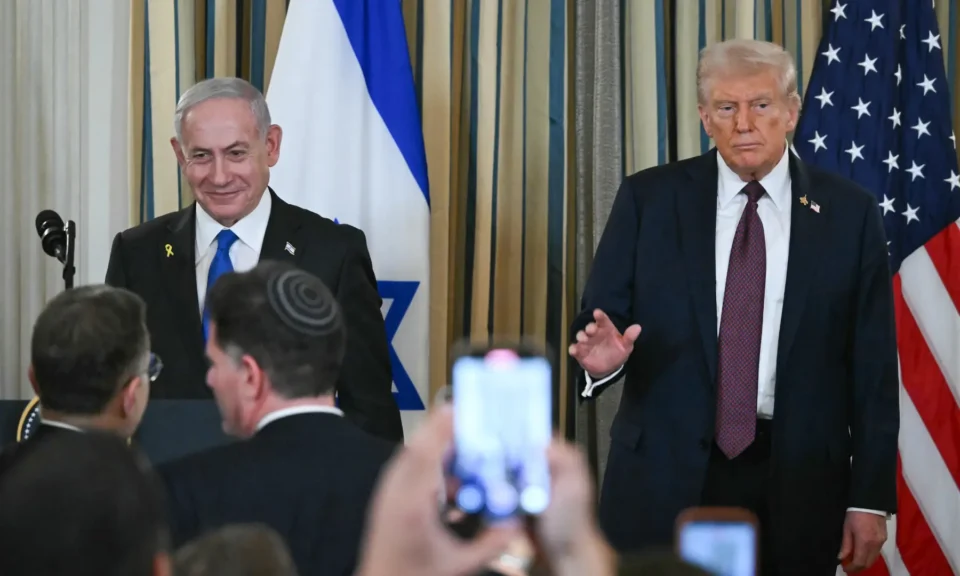Can Trump’s Gaza Plan Deliver Lasting Peace?
October 3, 2025
US President Donald Trump’s proposed ceasefire plan for Gaza is being viewed as a possible turning point after nearly two years of devastating conflict. The initiative seeks to bring an immediate halt to fighting while also outlining a long-term roadmap for governance and security in Gaza and the occupied Palestinian territories.
Short-Term Relief: Ceasefire and Aid
If accepted by both Hamas and Israel, the plan would bring urgent relief to Palestinians suffering under relentless bombardment that has killed over 65,000 people and injured more than 165,000. A hostage-prisoner exchange is also included, providing closure for families on both sides.
However, the ceasefire’s success remains uncertain as Israeli strikes continued even after initial agreements, raising doubts about its enforceability. For ordinary Palestinians, the immediate priority remains halting the violence and resuming humanitarian aid.
The Challenges of Long-Term Peace
Beyond the short-term, Trump’s plan envisions disarming Hamas, restructuring governance in Gaza and the West Bank, and establishing a multinational stabilization force to oversee security in coordination with Israel. A proposed “Board of Peace” — including Trump, Tony Blair, and a technocratic Palestinian administration — would guide implementation.
Yet, experts warn the plan may be too ambitious. Peacebuilding in deeply entrenched conflicts requires patience and political ownership, both of which appear missing. Critics argue that the proposal does not hold Israel accountable for civilian casualties, which undermines its credibility.
Regional and Global Diplomacy
The plan has come amid mounting international pressure. At the United Nations General Assembly, Saudi Arabia and France pushed for recognition of a Palestinian state, further highlighting Israel’s growing isolation.
Muslim-majority countries, including Qatar, Turkey, and Pakistan, have engaged in talks with the US, though some states have expressed frustration that the White House modified draft agreements without proper consultation. Doha has emphasized that securing a ceasefire must come first, while governance details can be addressed later.
The Political Stakes
-
For Israel: The plan provides significant leverage, granting Tel Aviv a decisive veto over the future of Palestinian territories while keeping timelines for troop withdrawal vague.
-
For Hamas: Its leadership faces pressure from allies to accept the ceasefire but risks losing political influence if it agrees to the framework as presented.
-
For Muslim nations: Their involvement could help secure aid and reconstruction, but they risk being drawn into sensitive security arrangements with Israel, which could spark domestic opposition.
What Lies Ahead?
While the Trump administration is eager to present this as a landmark peace deal, its sustainability remains in doubt. Without genuine political inclusion of Palestinians, any framework risks being a temporary pause rather than a lasting solution.
Peace in Gaza will ultimately depend not just on external agreements but on the will of the people themselves — ensuring their rights, dignity, and future are central to any roadmap.

